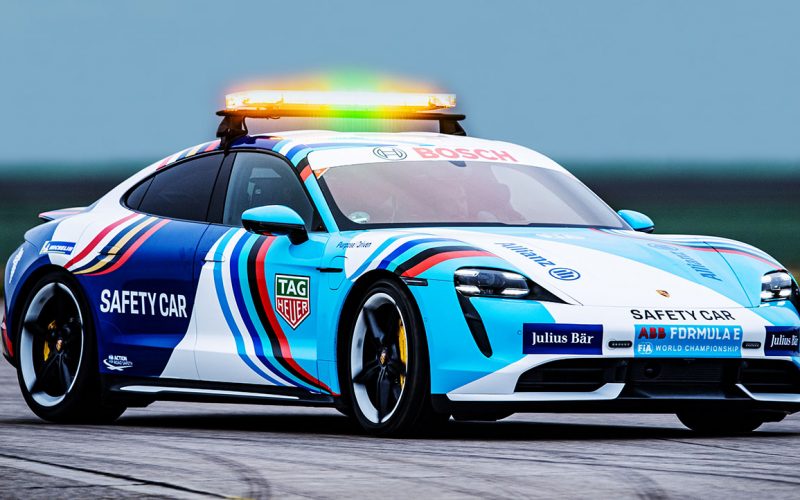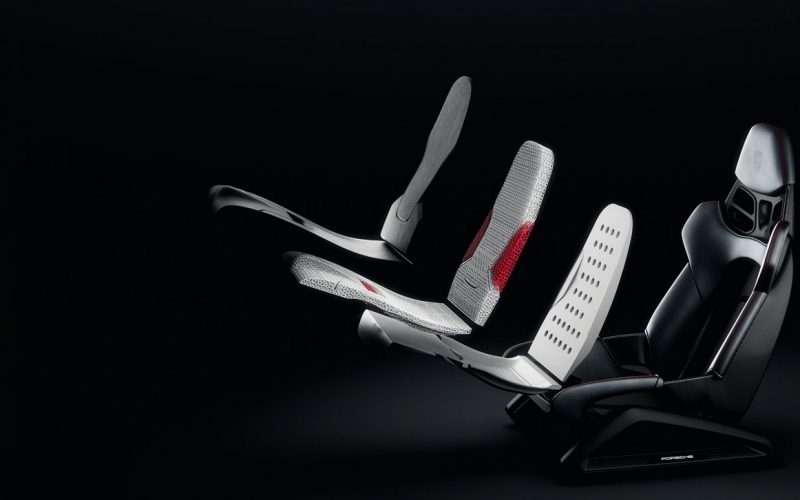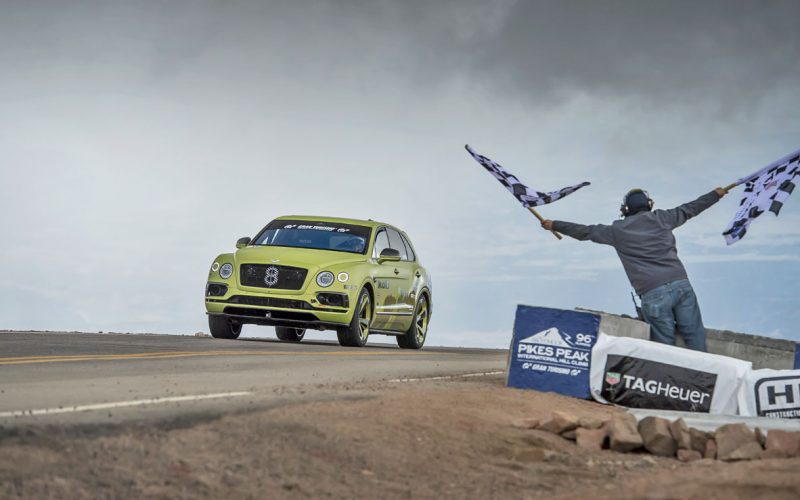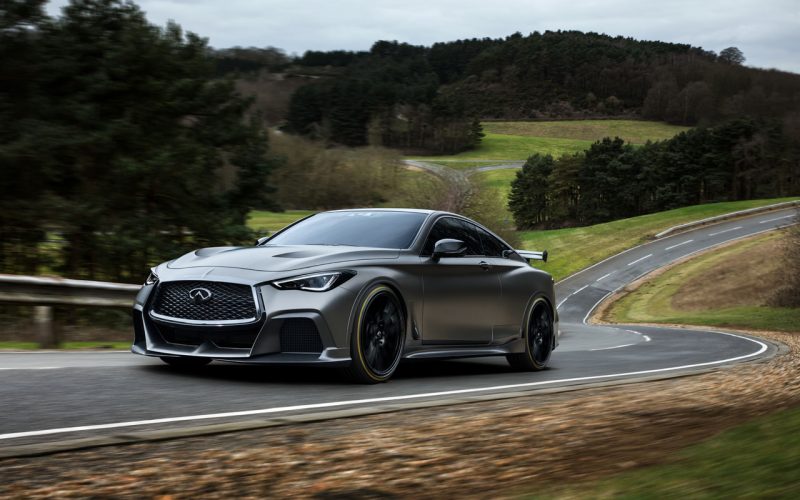
Reading Time: 3 minutesIf you hadn’t already heard, the ABB FIA Formula E World Championship (kind of like an

Reading Time: 3 minutesJust in case you missed it, racing legend Jeff Zwart, already with 16 Pikes Peak hill

Reading Time: 3 minutes3D printing is nothing new in the auto industry, but customizing form-fitted sport seats for customer

Reading Time: 5 minutesAsk those in the know to name the best of the best in the super-luxury SUV

Reading Time: 8 minutesWith 2017 coming to a close, we’re taking a look at some of the year’s more
© 2025 The Car Magazine. All Rights Reserved, Privacy Policy | Terms of Use